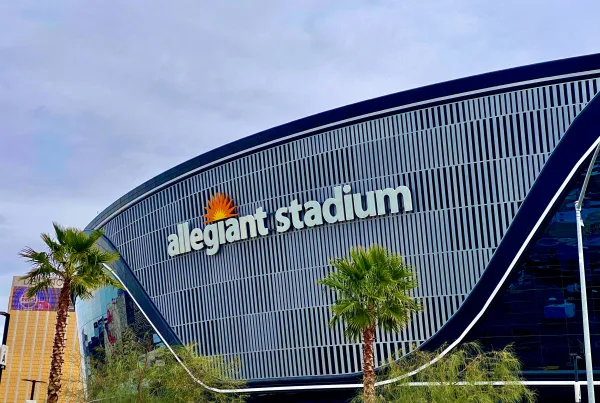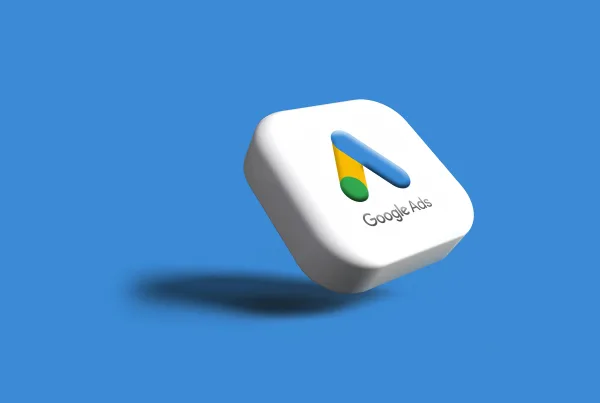Every business needs a full funnel marketing strategy to attract new audiences and find qualified leads.
What is a full funnel marketing strategy? The primary goal of a full funnel marketing strategy is to capture as many qualified leads as possible. It starts by reaching a wide audience and narrowing down the audience over time, moving them through the sales funnel toward purchasing your products and services.
Not only will you want to have this kind of digital marketing strategy for your business as a whole (i.e. understanding your target audience’s customer journey, the products and services that solve their problem, the preferred marketing channels they use, etc.), but it is important to create this strategy by individual marketing channels as well.
Here, we share how to create an effective full funnel marketing strategy for ecommerce SEO.
What Is Full Funnel Marketing for SEO?
A full funnel SEO strategy is a marketing approach to search engine optimization (SEO) that utilizes the entire customer journey in driving more organic traffic to your business website. From initial awareness and consideration to the final decision-making stage, a full funnel SEO strategy means creating content and optimizing your website for all stages of the marketing sales funnel.
What Are the Full Funnel Marketing Stages?
There are three full funnel marketing stages to understand about the customer’s journey:
- Awareness – The buyer realizes they have a problem.
- Consideration – The buyer defines the problem and looks for options to solve it.
- Decision – The buyer decides and buys the right product or service to solve their problem.
What Are the Benefits of a Full Funnel SEO Strategy for Your Business?
There are three main benefits of using a full funnel SEO strategy for your business. These include:
- Increased Brand Visibility
By targeting all stages of the sales funnel (Awareness, Consideration, and Decision) with your SEO strategy and content, you can increase your brand’s visibility across different search queries searched throughout the whole customer journey. This drives more users to your website, regardless of whether they land on your website during the Awareness stage, Consideration stage, or Decision stage. - Improved User Engagement
A full funnel marketing strategy for your SEO means you can create content that resonates with users at all stages of the sales funnel and includes calls-to-action that drive them further down the sales funnel, improving user engagement for the visitors who land on your website pages from search. - Better Conversion Rates
Optimizing for all stages of the sales funnel tailors your website to the needs of your users at each stage of the customer journey, which can lead to better conversion rates and more sales for your business.
To tie this together, here is a hypothetical customer journey to consider and a product that could meet this customer’s need:
A professional working mom is scrolling through Google one night after a long, hard week, researching how to balance work and at-home responsibilities so she can have more time with her kids. She’s tired, overwhelmed, and stressed, and she only had enough time to kiss her kids good night today.
As she scrolls, she comes across your blog article, posted by your house cleaning company, “How to Have More Time with Your Kids & Feel Less Stressed.” It’s an article about the tasks working moms don’t delegate to others and some creative ways to get more done and have more time with your kids.
Awareness/Brand Visibility
One of the solutions is hiring a house cleaner, accompanied with a myriad of great reviews for your business.
Consideration/User Engagement
Next is a link to a call-to-action that says: $40 Off Your First Home Cleaning Service. The mom clicks immediately. What does she have to lose?
Decision/Better Conversion Rates
Congratulations, you’ve successfully converted a qualified user!
You’ve identified the problem for your customer, offered a solution and consideration, and a means to decide.
Hopefully you can see from this list of benefits and this story why every business needs a full funnel marketing strategy for their SEO.
 How Do You Create a Full Funnel Marketing Strategy for Ecommerce SEO?
How Do You Create a Full Funnel Marketing Strategy for Ecommerce SEO?
One of the needs we see the most when it comes to full funnel marketing strategies is how it relates to an ecommerce SEO strategy.
If you are selling products and services online to customers, your business needs a full funnel marketing strategy for SEO.
Here’s how to create an ecommerce SEO strategy for the customer journey in four steps:
Step 1: Identify Your Target Audience
While it is important to cast a wide net when utilizing a full funnel marketing strategy, you still want that net to be cast toward your target audience, which is why this is the first step in creating an ecommerce SEO strategy using a full funnel approach.
Once you have this information, you can create content that resonates with users at all stages of the funnel and targets users who could be relevant customers for your products and services, just like we saw in the story above about the house cleaning service and the working mom.
What Should You Know About Your Audience’s Customer Journey?
Think through each stage of the customer journey and create some profiles for your audience.
-
-
- Awareness – What situations will your audience be in when they realize they have a problem they need to solve?
- Consideration – Which options should your audience consider to help solve their problem? How does your product solve their problem?
- Decision – What will your customer need to help them decide on the right solution for their problem?
-
Consider the questions your target audience may ask during each step of their customer journey and how you can connect with them along the way.
Step 2: Create a Content Strategy
After you identify your target audience and their greatest needs, as it relates to your product and services, you will be able to more easily create a content strategy that includes content designed for users at each stage of the sales funnel.
-
-
- Awareness – How can you speak to your audience’s current situation to help them realize the problem they’re facing? What keywords and questions are they searching?
- Consideration – Which options should your audience consider to help solve their problem? What types of questions and keywords are they searching? What type of content is most helpful to this particular audience?
- Decision – What will your customer need to help them decide on the right solution for their problem? How can you speak to these things to help lead them to a conversion?
-
Step 3: Optimize Your Website
As you audit and optimize your website for SEO, consider your customer’s journey.
-
-
- Awareness – How can you create a brand that relates to what your customer is going through? (Image choices, color schemes, etc.)
- Consideration – What sort of questions do you need to answer on your website as your audience considers your product or service as a solution? How can you further these considerations by getting them to follow ongoing content, sign up for your email list, and perform other actions?
- Decision – How easy is it for users to make a decision and buy your product? Do your buttons work? Are there clear CTAs on your website where they can make a purchase? How easy is the check out process?
-
Step 4: Measure and Adjust
Finally, you’ll need to analyze the results and make sure everything is working as it should. Expect to make some adjustments and more optimizations.
-
-
- Awareness – What content and pages are users landing on in this step of the customer journey? How can you further optimize and move them into the consideration phase?
- Consideration – Are you answering all of your users’ questions? What is the engagement rate on your pages? How are users interacting with your pages? Are there more questions you could be answering? Can you answer their questions in a different format?
- Decision – What do sales look like? Are users buying one product over another? Are they not making it to your product pages? How can you adjust your content and messaging to move them through the process to buy? How can you follow-up with them when they leave to help them make a decision (i.e. including follow-up emails in an email marketing calendar)?
-
Next Steps
A full funnel marketing strategy for your SEO takes time to develop and manage. If this seems daunting to you, reach out for help! Delve in Logical’s SEO services and process and how we can partner with you to come up with a strategy that works for your business.








